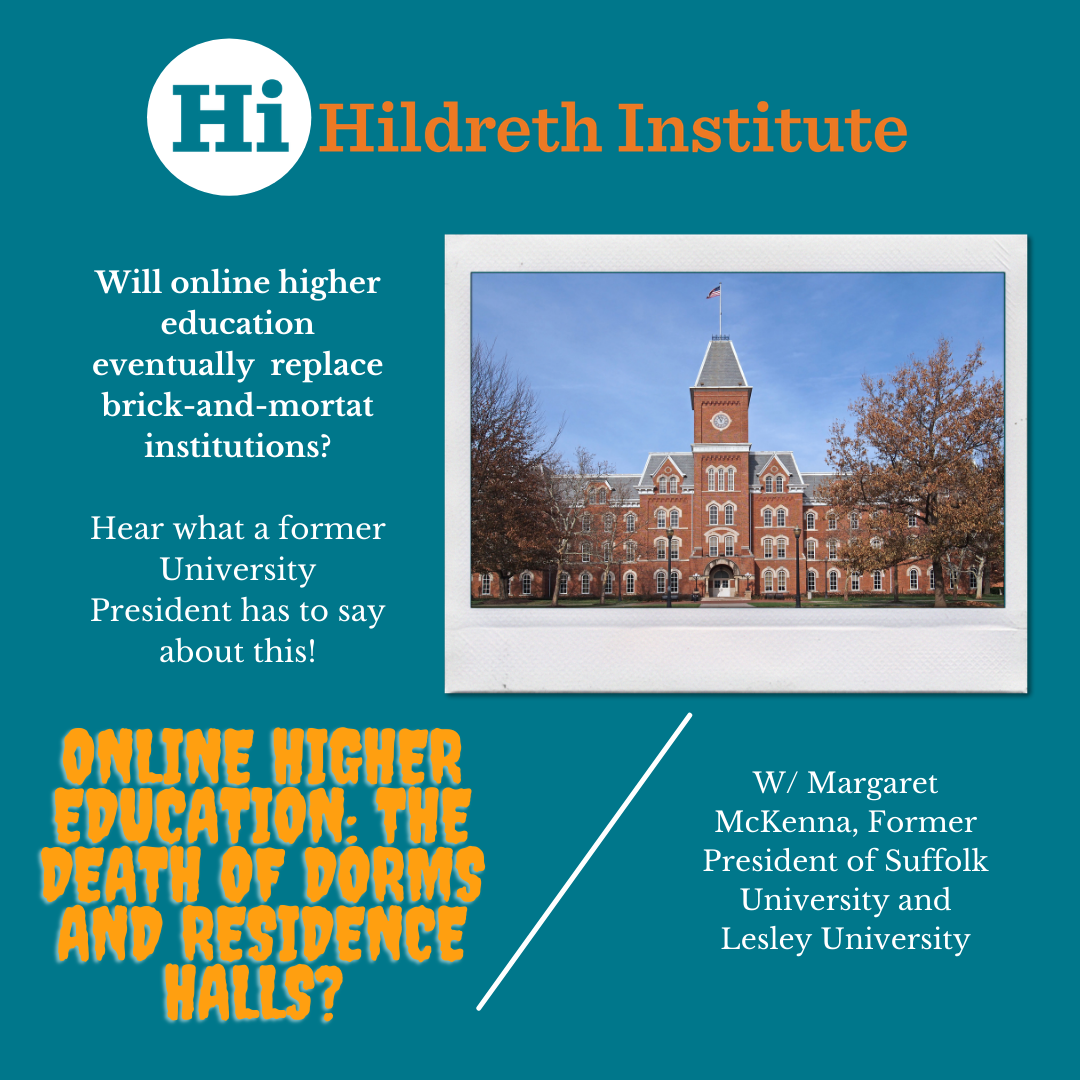Online Higher Education: The Death of Dorms and Residence Halls?
In March 2020, nearly every higher education institution transitioned from traditional in-person classes to completely remote online classes.
During the following fall semester, many of these institutions remained remote. The swift transition to online learning revealed the possibility and potential for remote undergraduate learning experiences.
Will online learning eventually replace traditional residence halls and in-person classes? Absolutely not, according to Margaret McKenna, the former President of Suffolk University and Lesley University, whom we invited to our live event to discuss post-Covid college life. Although there is an expanding role for online learning in higher education, McKenna strongly believes that there will always be a draw and desire for on-campus living and learning.
Many students will embrace the convenience and affordability of online learning, she says, but as the pandemic has also shown, remote learning experiences cannot replace in-person connections developed from attending traditional classes. McKenna explains that even colleges that have historically served commuter students, such as Suffolk University and the University of Massachusetts Boston, have developed and increased their own residential living options.
The desire for on-campus living and learning experiences is encouraging colleges to increase their residential living options. In addition to the demand for residential spaces, there are many incentives for colleges to develop residential living spaces. Contrary to the belief that residence halls are a financial burden and risk, these buildings can be financially self-sustaining. As McKenna explains from her personal experience, “dorms do pay for themselves.”
In fact, there are even financial incentives to build dormitories in some cases. In Massachusetts for example, “state schools all built dorms, like [Salem State University] and [Fitchburg State University], because they can raise income that does not come from the state. [Universities] can keep [that money] and have discretion with that income.” Dormitories essentially allow public universities to supplement programming and expenses that are not covered by state funding or by tuition income.
The lockdowns demonstrated that most students do have a preference for in-person, on-campus learning experiences to online courses. While remote learning provides students with additional cost-effective and flexible options for pursuing higher education, traditional brick-and-mortar learning institutions are here to stay.

